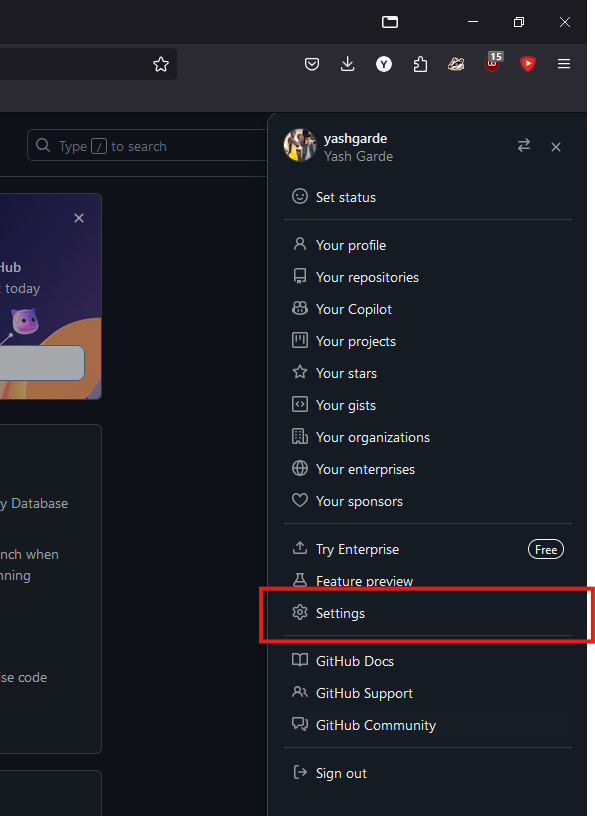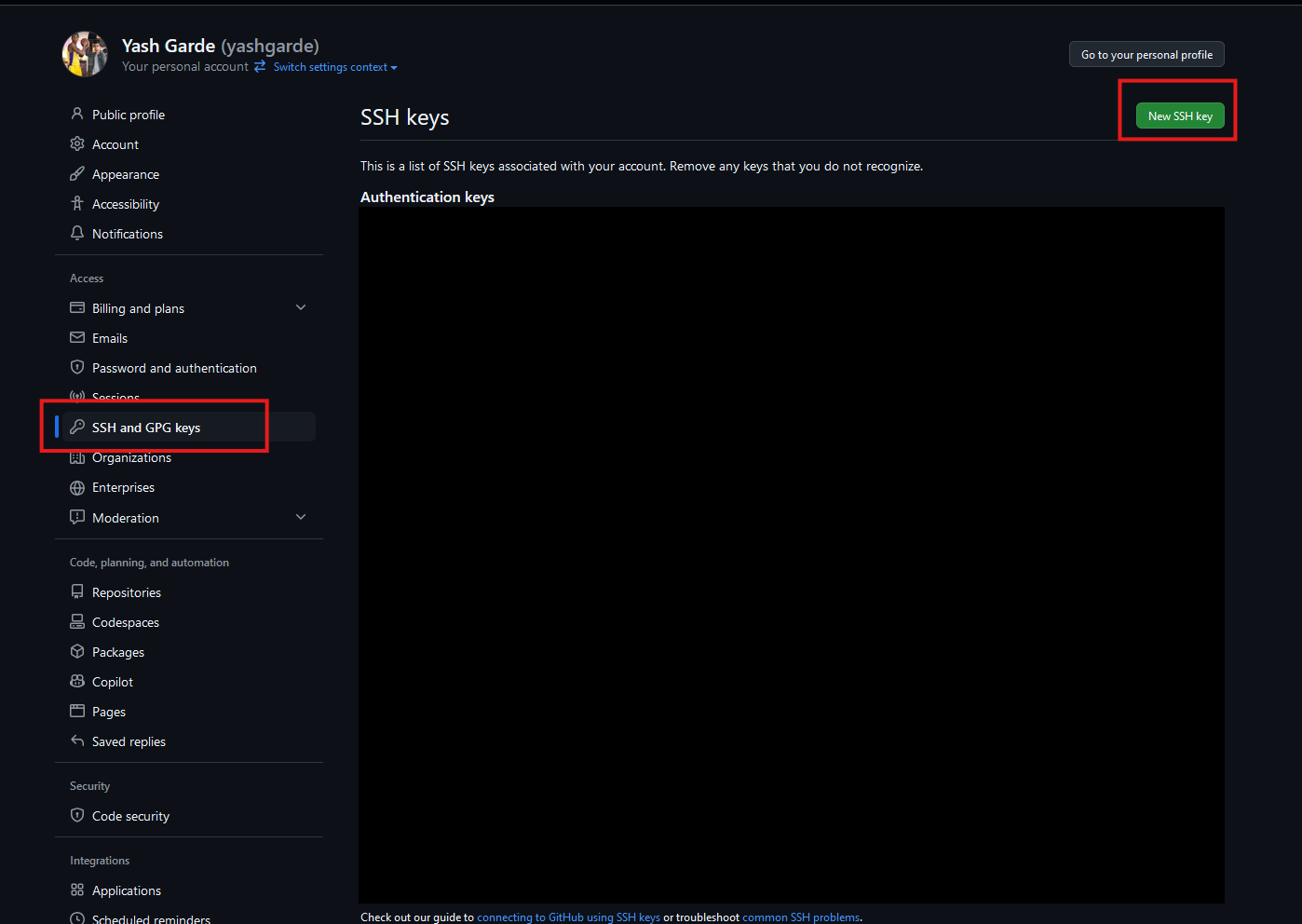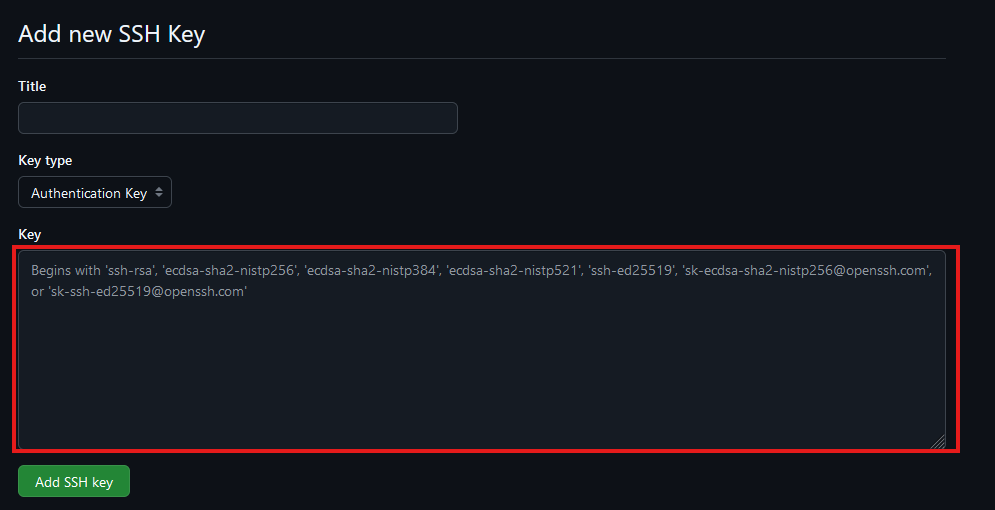Part 1: git motivated
git: command line program that enables version control (in case you break it)
Repository: folder containing code
GitHub: website that holds (repos)itories; can contribute and share with others
Part 2: SSH Keys on GitHub
Command to get the Github People repo
$ git clone git@github.com:Monip1/lab2-people.git
This command should fail. We need to set up SSH Keys on GitHub to fix that!
Setting up SSH Keys on GitHub
Recall from last lab how to log into your ieng6 account:
$ ssh yourusername@ieng6.ucsd.edu
Please log into ieng6. Within your ieng6 account, use the following command to generate a new key pair, replacing github_email with your GitHub email address:
$ ssh-keygen -t rsa -b 4096 -C github_email
You’ll be prompted to “Enter a file in which to save the key”. Press Enter to accept the default location. You’ll then be prompted to enter a passphrase, which isn’t really necessary. Press Enter twice to continue without setting a passphrase. Though if you really want to set a passphrase, refer to GitHub docs on passphrases.
Adding your SSH key to GitHub
By default, the public SSH key is saved to a file at ~/.ssh/id_rsa.pub.
Instead of typing out the whole filename, you can type out some prefix of the name (e.g. ~/.ssh/id), and press Tab to autocomplete the name.
In this case, tab complete won’t complete the full filename, since the private key happens to be named id_rsa.
Please be too lazy to type out entire filenames and use tab complete instead!
View the contents of ~/.ssh/id_rsa.pub (using cat), then copy the contents of the public key file to your clipboard.
On the GitHub website, click your profile picture in the top right to open a menu, and click on “Settings”.

On the left, open “SSH and GPG keys”, then click on “New SSH key”.

Populate the fields as follows:
- Title: “ieng6”
- The title doesn’t affect the functionality of the key, it’s just a note for you that this key is tied to your ieng6 account.
- Key type: “Authentication key”
- Key: Paste the contents of the public key file here (entire block including the email portion).

Click “Add SSH key”. You may need to confirm access to your account on GitHub at this point.
Testing your SSH key
Finally, test your connection to GitHub with the command:
$ ssh -T git@github.com
If this is your first time connecting to GitHub, you might get a warning about the “authenticity of host can’t be established”. This is a warning for you to make sure that you’re connecting to the right thing. For the purposes of this lab, we assume that GitHub didn’t suddenly get hacked, so you can safely respond with “yes”. But if you’re really paranoid, you can check GitHub’s public key fingerprint here.
After a successful connection, it should output Hi <your-username>! You've successfully authenticated, but GitHub does not provide shell access.
Command to get the Github People repo (Take 2!)
If you set up the SSH Keys correctly in the previous steps, now you should be able clone the repo:
$ git clone git@github.com:Monip1/lab2-people.git
Part 3: Whiteboard Activity - UTF-8 Strings
- ★彡:)
- ¿Sí?
- ㅋ😂!
- Jé😀
Part 4: Submitting the PA (Lab Work Checkoff)
PA 1 GitHub Classroom Link: https://classroom.github.com/a/pGoD-4Uz
To get the final 1 point for lab work checkoff this week (out of 4 total points), you just need to make a submission on Gradescope for pa1!
Important git commands
$ git status
Gets the status of our repository. It returns which files are untracked (new) modified (changed) and deleted.
$ git add [filename(s)]
When we are done making changes to a file, we "stage" it to mark it as ready to be committed. Using the git add command with the path of the changed file(s) will stage each to be included in the next commit.
$ git commit -m “message”
A commit is a package of associated changes. Running the git commit command will take all of our staged files, and package them into a single commit. We specify the -m option to specify we want to write a commit message, and write our commit message in the “”. Without -m, git opens a vim window to write the commit message.
$ git push
Pushes the commit with our changes to the remote repository (i.e. GitHub).